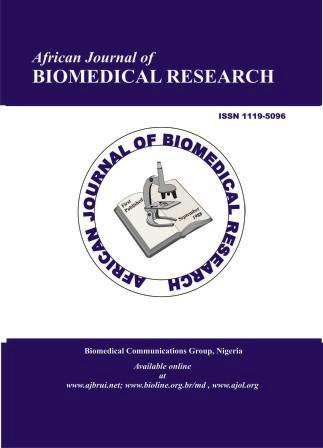Identification Of Potential Inhibitors For COL2A1 And Pathway Analysis In Osteoarthritis Progression
DOI:
https://doi.org/10.53555/AJBR.v28i1.7723Keywords:
Osteoarthritis (OA), COL2A1 Inhibition, Molecular Docking, ADME Analysis, Pathway Analysis, Natural Compounds and ChondroprotectionAbstract
Osteoarthritis (OA) is a degenerative joint disease characterized by the progressive degradation of articular cartilage, largely due to the dysregulation of collagen type II (COL2A1), a key component of the extracellular matrix (ECM). This study aims to identify potential natural inhibitors of COL2A1 to mitigate cartilage degradation and slow OA progression. Six natural compounds with reported anti-inflammatory and chondroprotective effects were selected from PubChem for molecular docking analysis using AutoDock Vina. ADME (Absorption, Distribution, Metabolism, and Excretion) analysis was conducted using SwissADME to predict pharmacokinetic properties, while pathway analysis was performed using the Reactome database to understand the molecular interactions and regulatory mechanisms of COL2A1. Docking results revealed that n-Hexadecanoic acid and cis-9-Hexadecenoic acid demonstrated the highest binding affinities with COL2A1, forming stable interactions with key amino acids such as ARG and GLY. ADME analysis indicated that these compounds have favorable pharmacokinetic profiles, though some violations of Lipinski’s Rule were observed. Pathway analysis identified critical interactions between COL2A1 and molecular regulators such as HIF1A, VEGFA, and RUNX2, highlighting their role in chondrocyte hypertrophy and ECM degradation. The findings suggest that n-Hexadecanoic acid and cis-9-Hexadecenoic acid are promising candidates for further in vitro and in vivo evaluation as potential therapeutic agents for OA.
Downloads
Published
Issue
Section
License
Copyright (c) 2024 D. Janaranjani, P. Ruban (Author)

This work is licensed under a Creative Commons Attribution 4.0 International License.









